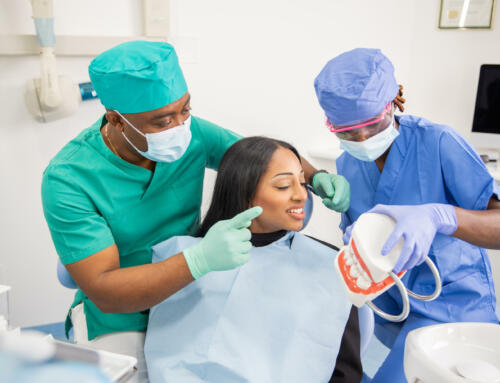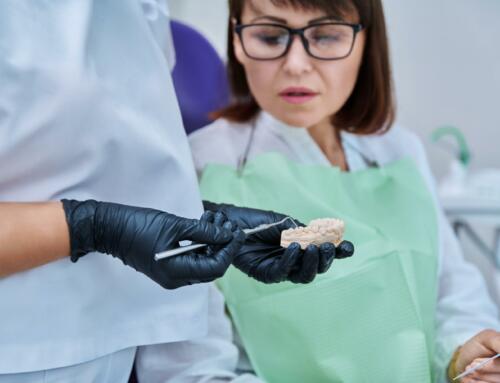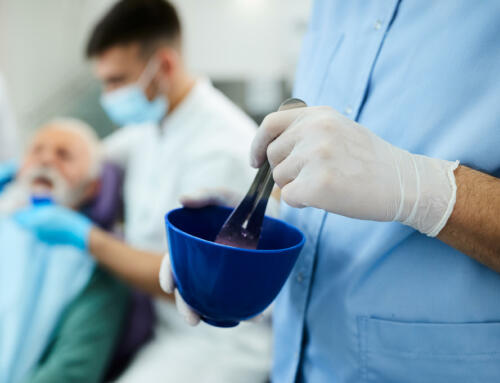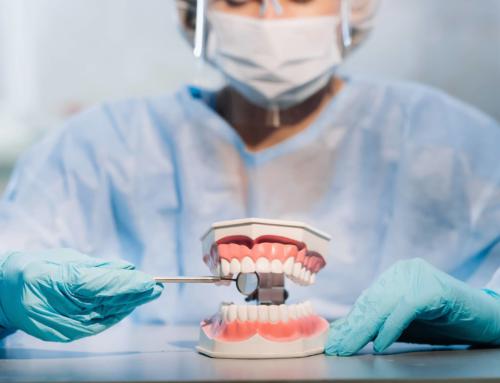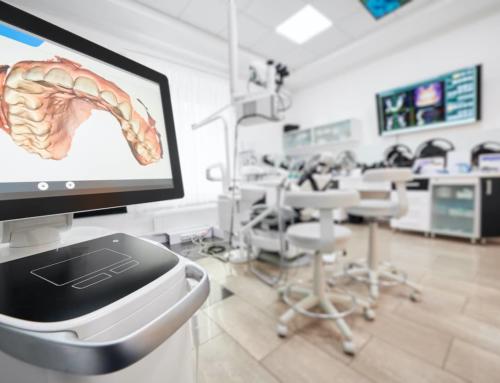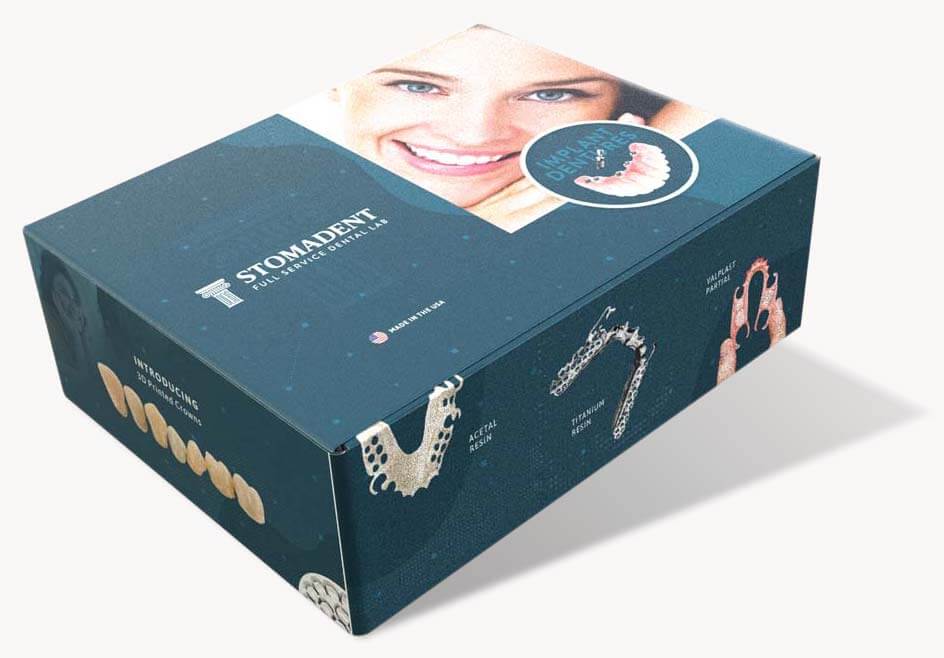
By David Hudnall, DMD
Unless you have the gift of being psychic, no one can really predict the future. However, it is possible to pay attention to current dental trends and issues that haven’t been solved in order to see what could potentially be the next logical steps that are on the horizon.
I recently reviewed the dental literature to get a glimpse of what the future holds for dental practitioners and where dentistry may be headed as a whole 10 to 15 years from now. There are many more items currently under research than we have time to discuss in this article. I will spare you every possibility and give you five changes that will affect the way you practice dentistry in the foreseeable future.
Mass Digitization of Clinical Dentistry
Right now, dental equipment manufacturers are working to improve technology that allows for a better flow of information and precision in dentistry. This is certainly true for dental laboratory processes and applications. Digitization is increasingly becoming the when practicing clinical dentistry. For many generations, performing dentistry was more of an art with the science there to back it up. Recent technology has molded and advanced dentistry into a more precise science, allowing for improved restorative outcomes and leaving less up to chance.
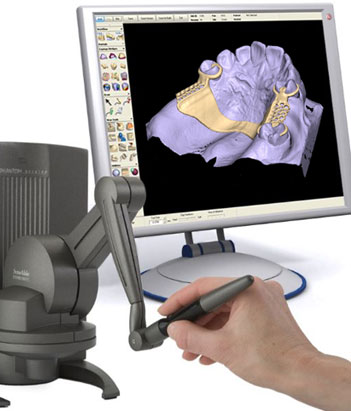
Oral Scanning Technologies
One example is tremendous advances in extraoral and intraoral scanning technologies. Today it is commonplace to create a crown with scanning and automated CAD/CAM technologies without performing any of the traditional steps that introduce errors into the delivery of the final restoration.
What does this mean for someone without dental lab experience? No impressions will be needed. Quantum leaps to soft tissue scanning is on the horizon. Equipment manufacturers are working diligently to change current technology to make soft tissue scanning more reproducible and easier for the clinician to use, all with the added benefits of lower costs and never having to take a messy denture impression again. With the current trajectory, by 2030 this is certainly possible.
Dental Diagnostic Aids
Diagnostics aids are also big. Digital x-rays and computer aided tomography (CT) are the current standard. But what about other minimally invasive safe imaging and monitoring modalities? Technologies such as oral MRI, near-infrared imaging, and ultrasound devices are the wave of the future and are being developed now for dental applications.
Continued Growth of Group Dental Practices and DSOs
Dental service organizations (DSOs) will continue to become a larger force in the marketplace for the delivery of dental services. There are benefits to economies of scale and in-house laboratories. Dental service organizations allow new dentists who graduate from dental schools with huge debt to join an already established network of service providers and earn a stream of income without taking on additional debt to open a new practice or purchase an existing dental practice that needs to be upgraded to meet today’s standards.
Dental service organizations are typically managed by corporate-level business professionals who provide business and marketing services but lack the knowledge of what it is actually like to work with patients in a medical setting. Business professionals focus on analyzing massive amounts of data. But a patient is not just another data point. Patients have very individualized health histories, medical needs, and dental concerns. Corporate executives don’t understand these facts and often incentivize dentists and dental staff with bonus plans for meeting or exceeding certain sales goals.
Here is a real-life example: In order to receive a bonus, the office must increase quarterly sales results by 10% or more each year. In some cases, the revenue one office is generating is compared to that of another office with different demographics in order to create a competition to “beat” the other office’s revenue in order to receive staff bonuses. These incentive plans lead to staff upselling or talking patients into treatments that are not necessarily in their best interests. And all of this is done in the name of receiving a bonus on the employee’s paycheck.
Sales-based bonus plans create quite an ethical dilemma for the DSO dentist every day. How badly do you want to keep your job versus choosing to do the very best thing for your patient? In some cases, the very best treatment is no treatment at all. The first rule of dentistry is to do no harm. We dental professionals have taken an oath to be ethical, truthful, and to advocate on the patient’s behalf. Working in a corporate dentistry environment takes away the dentist’s autonomy and puts the employed dentist’s livelihood at risk all for the sake of making a buck and satisfying investors. You have to ask yourself, with more DSO locations opening every month and more retiring dentists selling their offices to DSOs, are DSOs serving patients with the same degree of integrity as the non-affiliated dentist?
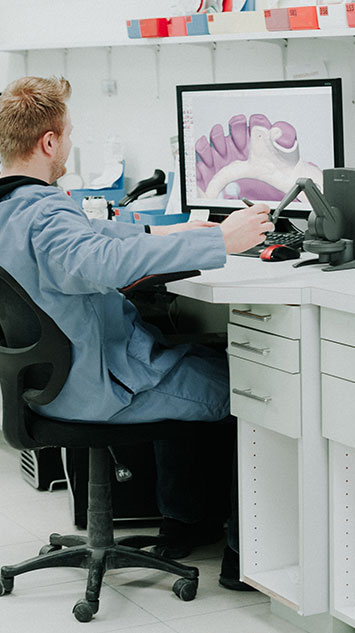
A Rapidly Aging Population
By 2030, nearly 20% of the American population will be 65 or older. Depending on your demographics, that could be one-fifth of your practice or more. Thanks to better preventive dental care in recent decades, many of these people are keeping more of their teeth longer than previous generations. Those who have lost their teeth have tooth replacement options that were never possible before. But treating an aging patient population is not without its challenges.
The need to understand and integrate medical and health implications in order to offer appropriate treatment options or deliver dentistry to an aging population is of the utmost importance. Many older patients have chronic medical conditions that impact their oral health. Many take medicines that have side effects that prove to be detrimental to their dental health.
Medicare doesn’t cover routine dental care. Living with limited resources means that money for dental care may not be as available as the patient ages. Some patients may be forced to make difficult choices that aren’t always in line with ideal dental treatment. These choices are a reality and we in the dental profession will be faced with more of these dilemmas as we approach 2030 and beyond.
Tooth Remineralization
Tooth demineralization is a common phenomenon. Think of all of the acidic foods and drinks that we bathe our teeth in every day. With time, enamel becomes thin and discolored. Excessive demineralization of the enamel can eventually cause cavitation, leading to tooth decay. What if there were a way to reverse demineralization before it breaks through the dentin-enamel junction?
Electrically Assisted Enhanced Remineralization (EAER), developed by dentists at King’s College in London, is a system that uses small electrical impulses to introduce new minerals back into a demineralized area that is at risk, in order to remineralize the area and prevent decay. “The time it takes for the procedure is about as long as the time it takes to perform a simple one-surface filling. The treatment is painless and requires no anesthesia,” said the developers of the technology.
This technology is particularly exciting because it offers a dentist the possibility of providing a preventive treatment modality to people who are afraid of the drill. This may alleviate patient apprehension and reduce the fear of visiting the dentist on a regular basis. Perhaps tooth remineralization can also be used to helo the aging population as a lower-cost option for preserving dentition in those patients with complex medical issues, multiple oral side effects from medications, and fewer economic resources.
Reliable Self-Adhesive Filling Materials Will Be Commonplace
The current modus operandi for most composite fillings involves isolating the cavity preparation followed by a messy multi-step bonding system before the direct restoration can be placed. This takes up chairtime, introduces other opportunities for procedures to go wrong, and requires the patient be cooperative while holding their mouth open for an extended period.
Wouldn’t it be great if adhesion could be accomplished in conjunction with the placement of the filling material? Currently, there are a few self-adhesive composites available to the dental market, but they are limited in use to small Class I and Class V cavity preparations where very little material is required, and to areas where the force of occlusion is not a concern.
What about larger restorations involving proximal contacts or occlusion? Dental material researchers and manufacturers have listened to your frustrations and are now working to develop new composite formulations in order to make them truly self-adhesive.
Polymerization shrinkage and inadequate adhesion to both the cavity walls and margins lead to micro-leakage. This can result in marginal discoloration, recurrent decay, and eventual restoration failure. Forming a good marginal seal and contact with the entire tooth preparation is of paramount importance. These are the specific areas that are being addressed with new composite products. Advances are happening daily and the availability of self-adhesive restorative materials for commercial use is in on the rise and it is reasonably certain that these materials will hit the dental market before the end of the decade.
Heading Toward 2030 and Beyond
At the time of this writing, there is a sixth factor that will affect dentistry in the current decade and leading up to 2030 – the coronavirus. Aside from the devastating health implications to the world, there will be a tremendous economic fallout that Americans have never seen before as forced isolation has shut down many businesses and industries for weeks or months. Many people have become unemployed and may no longer have the resources necessary to afford any elective services, including dental care. Let’s face it, many people already see dental care as an elective service unless they are in pain.
The implications to dentistry are going to be more widespread and far-reaching than the economic downturn caused by the subprime mortgage collapse in 2008. People without jobs or who are in debt are not going to visit the dentist regularly, because they have more immediate concerns to deal with. Be prepared for dramatically reduced patient flow and revenue. Plan for it to take a number of years for the delivery of dental services to return to their pre-crisis levels.
We Are A Dental Lab You Can Rely On
Stomadent Dental Laboratory is here to support your endeavors. Stomadent has embraced advancing technology and is equipped to handle completely digital laboratory processing. Over the past few years, we have invested in new equipment and training to assure the restorations that we deliver to you fit as accurately and precisely as possible the first time. As clinical digital technology evolves and develops, we will continue to integrate our systems with yours to provide a seamless workflow. We want to be an extension of your dental team!
The perfect advice for your specific case is only an email or phone call away. We know that we can surprise you with an incredible solution for your patient’s unique needs! Get your starter kit from us today to see how great our work is. Our dental lab provides work to clinics across the United States, and we ship everything as quickly as possible to cut down on wait times.

![Dental AI [The Latest Innovations in Clinical AI]](https://stomadentlab.com/wp-content/uploads/2024/04/patient-and-dentist-looking-at-results-in-a-screen-2023-11-27-05-23-38-utc-scaled-500x383.jpg)
